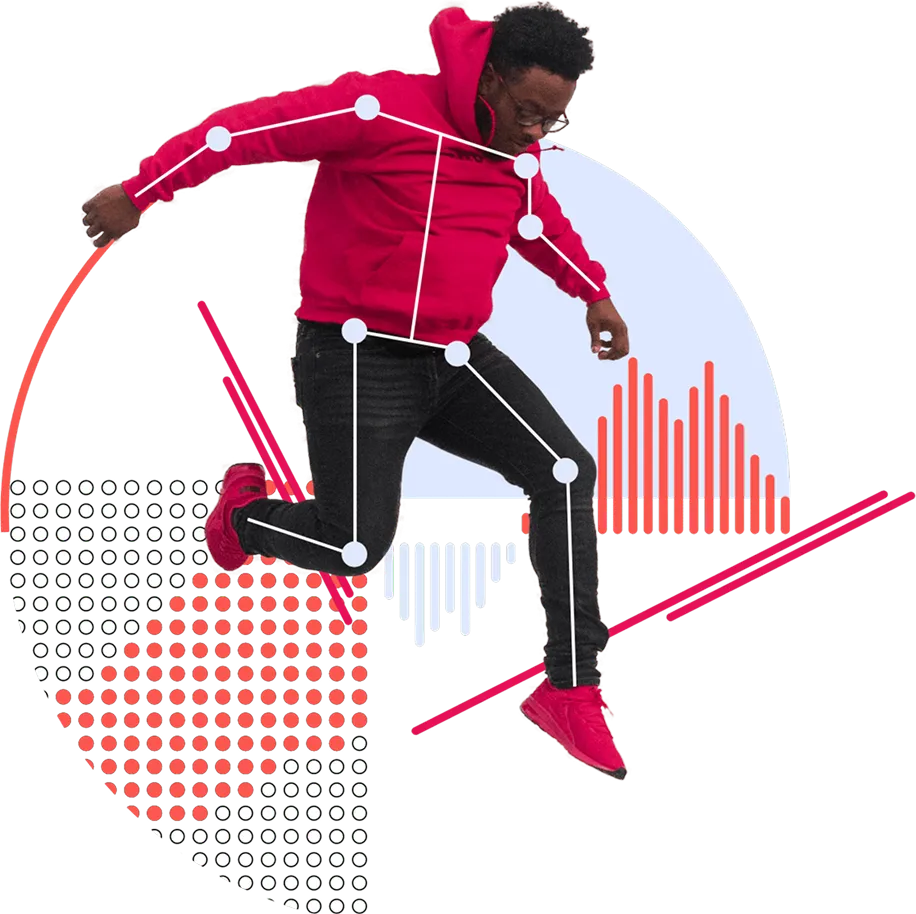
Engineering
Full-stack AI Solutions
We create full-stack AI solutions across computer vision, natural language processing, generative AI, and optimization to advance your business.
Have an AI Use Case? Let’s Map It Out

Getting started
We start each project by exploring and analyzing your data and then develop one or more prototypes to vet out various approaches.
We test and measure to ensure that we can meet or exceed your goals.
Once we have the best possible AI solution, we create production pipelines that integrate with your IT operations so you’re production-ready.
Once the model is implemented, we train your team to the desired extent so you continue to see value from your AI.

Computer Vision
Image Classification
Assigning labels to images for tasks like defect detection, medical imaging, or content moderation.
Object Detection
Identifying and locating multiple objects within an image or video frame, useful in manufacturing, logistics, and safety monitoring.
Semantic & Instance Segmentation
Understanding images at the pixel level, segmenting out regions or individual objects for precision tasks like quality control or autonomous navigation.
Optical Character Recognition (OCR) & Document Vision
Extracting text from images and scanned documents, then structuring it for downstream analysis.
Video Analytics
Real-time analysis of video streams for activity recognition, anomaly detection, and operational monitoring.
Visual Search & Similarity
Enabling search and recommendation by matching images against large libraries, powering use cases like product discovery, asset tracking, or medical case retrieval.

Generative AI
Text Generation
Producing domain-specific content such as reports, documentation, and client communications with consistent quality.
Image Generation
Creating visuals for design, marketing, training, and simulation purposes.
Synthetic Data
Generating labeled datasets to improve model training, testing, and robustness.
Summarization & Rewriting
Adapting and condensing existing content into clear, context-aware summaries.
Domain Fine-Tuning
Customizing foundation models using efficient techniques (LoRA, adapters, distillation) to match business needs.
Natural Language Processing
Information Extraction
Pulling structured data from unstructured text, such as names, dates, medical codes, product details, or legal clauses.
Text Classification
Categorizing documents, messages, or tickets into predefined classes for routing, triage, or compliance.
Summarization
Condensing long documents, reports, or conversations into concise, accurate overviews without losing critical context.
Conversational AI
Building chatbots and virtual assistants powered by large language models, tuned for domain-specific knowledge and safe responses.
Retrieval-Augmented Generation (RAG)
Combining search with generative models so answers are both fluent and grounded in a trusted knowledge base.
Document Understanding
Handling complex, multi-page documents (contracts, forms, technical manuals) by combining OCR, NLP, and layout awareness to deliver machine-readable structure.

Optimization
Resource Allocation
Optimizing how limited resources (time, money, people, compute) are distributed to maximize efficiency and ROI.
Scheduling & Routing
Building systems that find the best way to schedule jobs, allocate shifts, or route vehicles and assets in logistics, field services, or supply chains.
Decision Optimization
Using machine learning and operations research techniques to recommend or automate complex choices under constraints.
Personalization & Recommendation
Matching the right product, service, or content to the right user at the right time by optimizing relevance and engagement.
Simulation & Scenario Planning
Running “what-if” analyses to evaluate trade-offs and optimize outcomes before deploying in the real world.
Continuous Feedback & Reinforcement Learning
Improving performance over time by learning from real-world feedback, adapting strategies dynamically to changing conditions.


.png)

